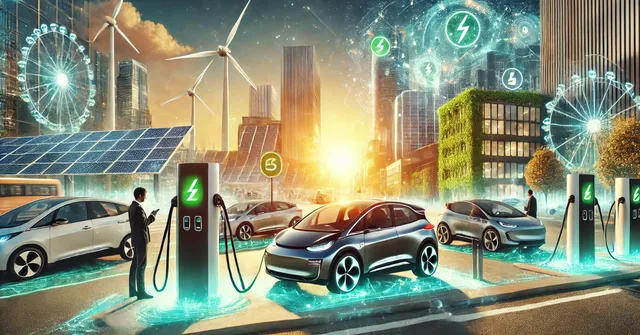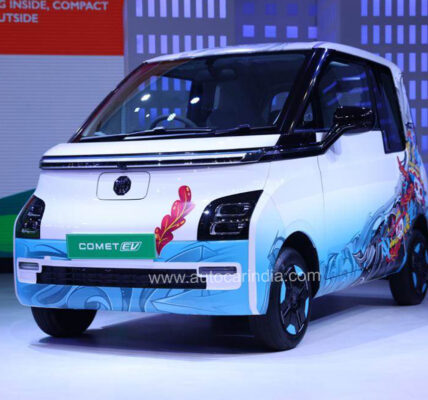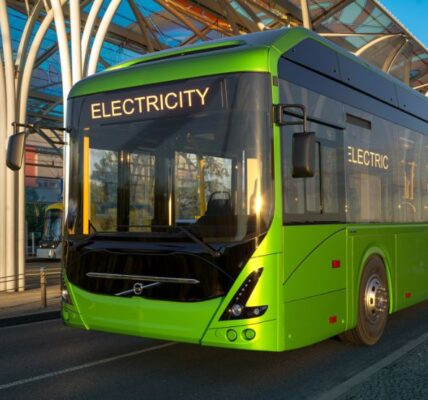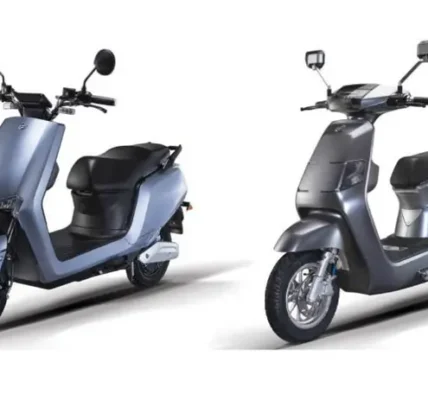The Ministry of Electronics and Information Technology (MeitY) has taken a major step toward self-reliance in power electronics by announcing new industry partnerships under the National Mission on Power Electronics Technology (NaMPET). The technologies being commercialized include a fast wireless EV charger, a new propulsion system for electric locomotives, and an energy-saving power solution for buildings. These developments aim to support the ‘Make in India’ and ‘Aatmanirbhar Bharat’ goals.
The technologies were developed by the Centre for Development of Advanced Computing (C-DAC), in collaboration with academic institutions like VNIT Nagpur and strategic partners like the Kerala Development and Innovation Strategic Council (K-DISC). Industry players such as Global Business Solution Pvt. Ltd., Daulat Ram Engineering Services, and Electro-waves Electronics are set to commercialize and deploy the innovations. The announcement was made by Shri S. Krishnan, Secretary, MeitY, at Electronics Niketan, New Delhi.
Wireless EV Charger:
A 1.5 kW wireless charger developed by C-DAC and VNIT Nagpur can now charge 90% of a 4.8kWh EV battery in just 3 hours using standard single-phase AC supply. The technology uses advanced Silicon Carbide-based MOSFETs and has a high efficiency of 89.4%. It will be brought to market by Global Business Solution Pvt. Ltd.
Electric Locomotive Propulsion System:
A new indigenous propulsion system for 3-phase electric locomotives has been developed in collaboration with Chittaranjan Locomotive Works (CLW). This includes powerful traction and auxiliary converters and a smart Train Control and Management System (TCMS). Multiple companies will help with testing and product engineering to ensure smooth rollout and integration by Indian Railways, which is targeting full electrification by 2030.
Green Power System for Buildings:
Kerala’s K-DISC has adopted a 48V Low Voltage Direct Current (LVDC) system, making its headquarters the first administrative building in the state to use this green energy tech. Developed by C-DAC, this system can save 20–30% of energy, supporting both Kerala’s Carbon Neutrality 2050 goals and India’s Net Zero target by 2070.
The agreements—MoUs, MoAs, and technology transfer deals—were signed on April 7, 2025, in New Delhi at MeitY’s headquarters, with officials from multiple ministries, including Power, Railways, and Renewable Energy, in attendance.
These developments are part of a broader push to indigenize critical technologies in India, reduce dependency on imports, and promote sustainability. As Shri S. Krishnan stated, research must be tied to real-world applications and industry collaboration to make a meaningful impact.
The NaMPET programme is enabling this transition by funding and supporting research, development, and commercialization in the power electronics sector. C-DAC serves as the nodal agency, working closely with industry, academia, and government bodies.
With these steps, India is not only advancing its technological self-reliance but also promoting green, energy-efficient solutions that could benefit industries and citizens alike.







